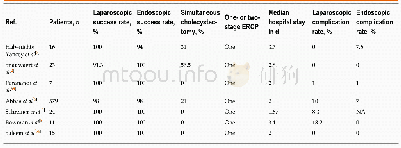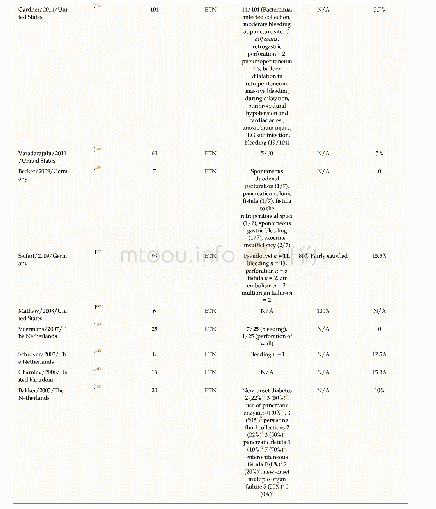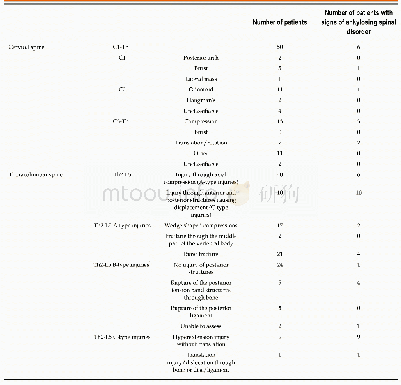《Table 4Clinical outcomes of endoscopic revision according to SEMS cell size.》
 提示:宽带有限、当前游客访问压缩模式
提示:宽带有限、当前游客访问压缩模式
本系列图表出处文件名:随高清版一同展现
《Revision of bilateral self-expandable metallic stents placed using the stent-in-stent technique for malignant hilar biliary obstruction》
LCS:large cell-sized stent;SCS:small cell-sized stent;SIS:stent-in-stent;SEMS:self-expandable metallic stent.
In this study,the revision efficacy of bilateral SEMS placement using SIS technique was investigated in unresectable MHBO.For all 38 study subjects,the technical success rate for revision was76.3%.The clinical success rate for revision was 51.7%and mean revision patency was 49.1 days.No significant predictive factor for clinical failure of revision was observed.There were no significant differences in clinical success rates and revision patency according to cell size of SEMS.Few studies have addressed reintervention or revision of bilateral SEMS placement using SIS in detail(Table 5)[18–23].In these studies,reported revision rates ranged from 31 to 55%and endoscopic revision was carried out with technical success rate of 92-100%.Most of these studies reported revision was performed successfully,but did not present revision patency[18,19,21,22].Only two studies have reported on this topic.Fujii et al.[20]reported on 30 patients that underwent endoscopic revision for occluded bilateral SIS placement.In this study all 30patients received endoscopic revision successfully.Twenty-one of30 patients received endoscopic revision with plastic stent and the median patency of revision was 84 days for these 21 patients.Morerecently Inoue et al.[23]investigated 52 patients that underwent endoscopic revision of occluded bilateral SEMS.In their study,initial bilateral SEMS placement was performed by SIS or SBS.Technical success was achieved in 48 of their 52 study subjects and revision patency was 68 days.In the present study,however,only patients that underwent bilateral SEMS placement using SIS were included,which makes direct comparisons of clinical success rate and revision patency problematic.Though revision patency in the present study was relatively shorter and the technical success rate was relatively lower than in the two previously mentioned studies.In the present study,initial patency of bilateral SIS placement was170.6 days,which was much longer than those reported in the two previous studies.When we consider the dismal prognoses of the underlying cancers(cholangiocarcinoma and gallbladder cancer),we need to count the advanced status of patients.It is likely that the diseases had progressed further in our patients when revision was performed.Because when underlying cancers progress,the hilar stricture usually becomes tighter,which makes revision more difficult and probably reduces patency and clinical success rate.
| 图表编号 | XD0020454100 严禁用于非法目的 |
|---|---|
| 绘制时间 | 2018.10.15 |
| 作者 | Junc Hyuk Son、Hee Seung Lee、Sang Hyub Lee、Seungmin Bang、Jinwoo Kang、Woo Hyun Paik、Ji Kon Ryu、Yong-Tae Kim |
| 绘制单位 | Department of Internal Medicine and Liver Research Institute, Seoul National University Hospital, Seoul National University College of Medicine、Department of Internal Medicine, Inje University Ilsan Paik Hospital、Department of Internal Medicine, Institute |
| 更多格式 | 高清、无水印(增值服务) |
查看“Table 4Clinical outcomes of endoscopic revision according to SEMS cell size.”的人还看了
-

- Table 9 Outcome of laparoscopic-assisted endoscopic retrograde cholangiopancreatography in patients undergoing Roux-en-Y
-

- Table 2 Peer-reviewed literature reports on the clinical outcomes of patients undergoing endoscopic transluminal necrose
-

- Table 2 Peer-reviewed literature reports on the clinical outcomes of patients undergoing endoscopic transluminal necrose





